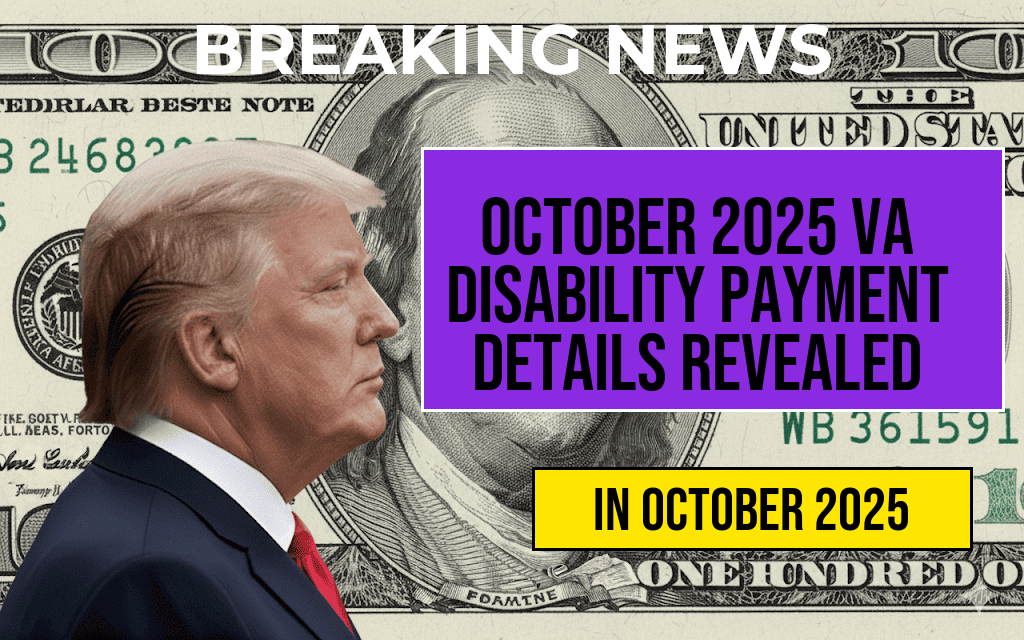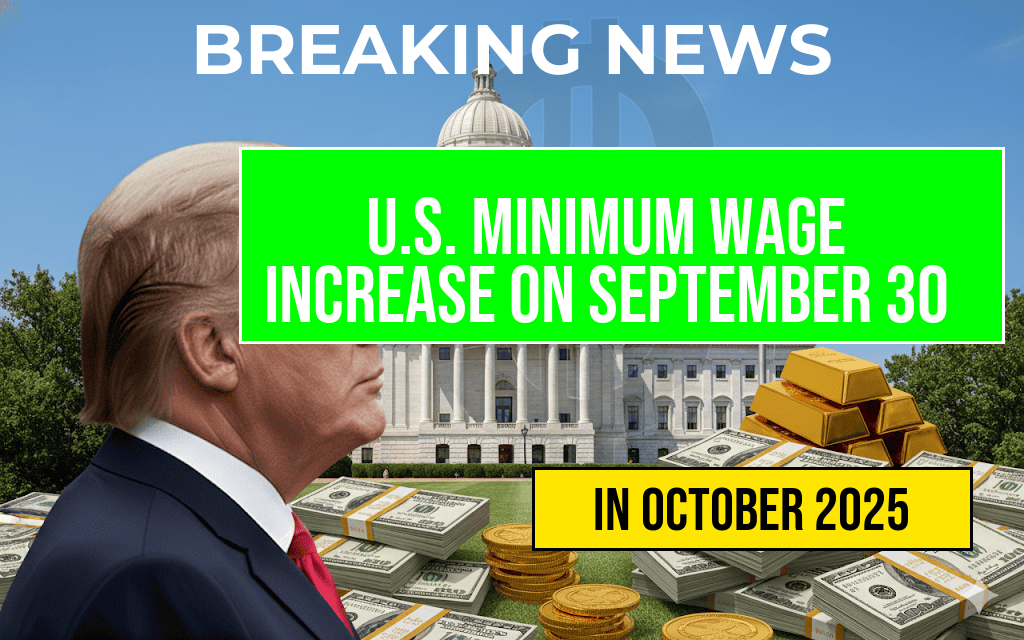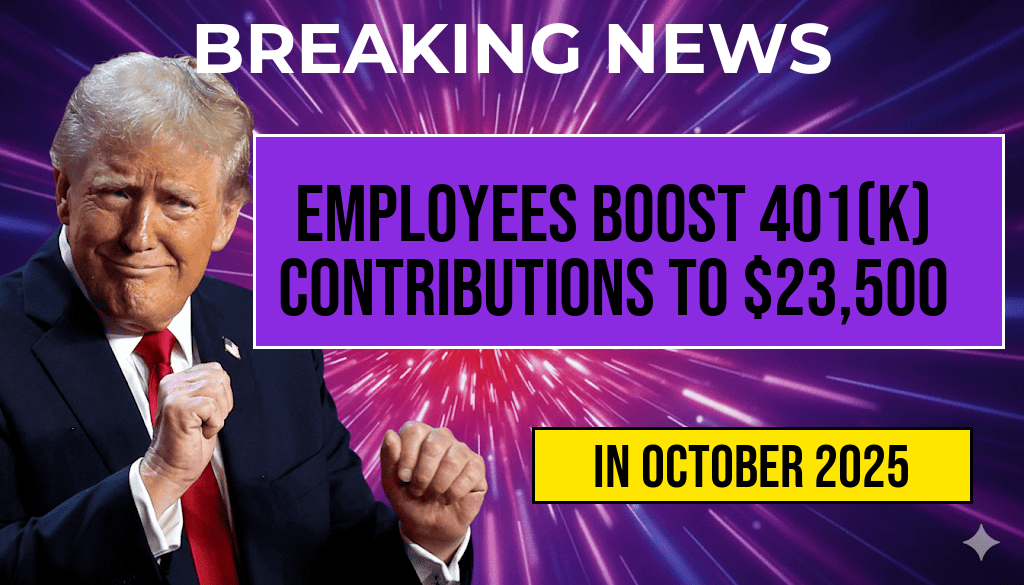Recent policy changes proposed by federal and state governments are raising alarms among advocates for low-income households, as estimates suggest that these reforms could lead to an average income reduction of $1,650 per year for vulnerable families. The new measures, aimed at adjusting eligibility criteria for various assistance programs, have sparked significant concern among social service organizations and economic analysts. As lawmakers debate these policies, the potential implications for millions of low-income Americans remain a critical focal point, with many fearing that these cuts will exacerbate existing economic disparities.
Understanding the Proposed Changes
The proposed policies include adjustments to programs such as the Supplemental Nutrition Assistance Program (SNAP), housing assistance, and childcare subsidies. By tightening eligibility requirements, officials aim to streamline benefits and reduce government spending. However, critics argue that this approach disproportionately affects those who rely on these programs for basic necessities.
Details of the Policy Adjustments
- Changes to SNAP: Proposed revisions might restrict access based on stricter income thresholds.
- Housing Assistance Limitations: New criteria could eliminate eligibility for many families facing housing instability.
- Childcare Subsidy Cuts: Adjustments may reduce funding for childcare assistance, making it harder for parents to work.
The Economic Impact
According to a recent report from the Center on Budget and Policy Priorities, the income reductions from these policy changes could push many low-income families further into poverty. With the average household already struggling to meet living expenses, the proposed cuts threaten to erase gains made in recent years.
Reactions from Advocacy Groups
Advocacy groups are vocally opposing the proposed changes. Organizations like the Feeding America network argue that cuts to nutrition assistance will only deepen food insecurity, particularly in communities already facing economic challenges. Many advocates are urging lawmakers to reconsider these measures, emphasizing that such policies can have long-term detrimental effects on children’s health and educational outcomes.
Potential Consequences for Low-Income Families
The potential annual loss of $1,650 could significantly impact low-income households, which often operate on tight budgets. Here are some critical consequences of the proposed policy changes:
- Increased Food Insecurity: Families may struggle to afford basic groceries, leading to poor nutrition and health issues.
- Housing Instability: With less financial support, more families could face eviction or homelessness.
- Childcare Access: Cuts in subsidies may force parents to leave the workforce or reduce their hours, impacting family income.
Voices from the Community
Community leaders are expressing their concerns over these changes. “Cutting these vital supports will not only hurt families but also strain local economies as spending decreases,” said Maria Gonzalez, a community organizer in Los Angeles. Local business owners echo this sentiment, noting that their customer base relies heavily on the purchasing power of low-income families.
The Legislative Process Ahead
The path forward for these policy changes remains uncertain. Lawmakers are expected to hold hearings and community forums in the coming weeks to gather input from constituents. Advocates are mobilizing to ensure that the voices of low-income families are heard in these discussions. The outcome of these deliberations will likely play a crucial role in shaping the future of assistance programs across the country.
Conclusion
As the debate around these new policies continues, the potential impact on low-income households cannot be understated. The proposed income reduction of $1,650 stands to affect millions of families, highlighting the need for careful consideration of how policy changes can either alleviate or exacerbate economic hardship. Stakeholders from various sectors are encouraged to engage in this critical conversation, advocating for policies that support economic stability and opportunity for all.
Frequently Asked Questions
What are the new policies affecting low-income households?
The new policies introduced aim to revise financial support structures, which could lead to significant reductions in benefits for low-income households.
How much income could low-income households potentially lose?
Reports indicate that these policies could result in a cut of up to $1,650 in annual income for affected families.
Who will be most impacted by these income cuts?
The policies primarily target families already struggling financially, particularly those relying on government assistance programs.
Are there any proposed solutions to mitigate these income losses?
Advocates are calling for policy revisions and increased support measures to safeguard the livelihoods of low-income families facing these cuts.
What can individuals do to voice their concerns about these policies?
Individuals can participate in community forums, contact their local representatives, and engage in advocacy efforts to raise awareness about the impact of these policies.











